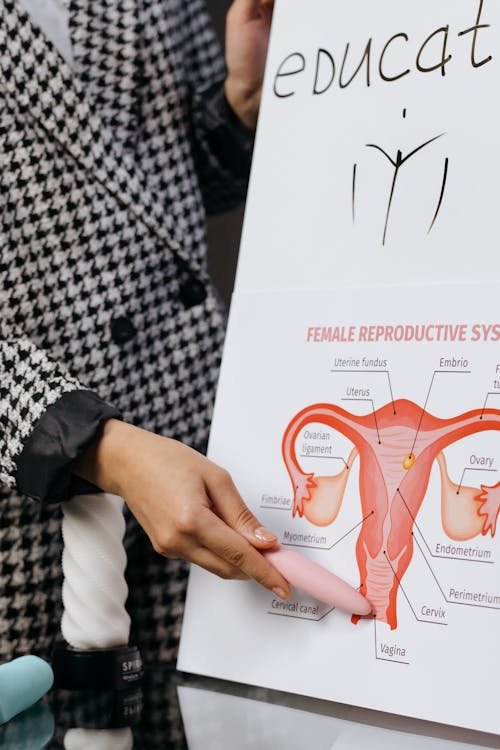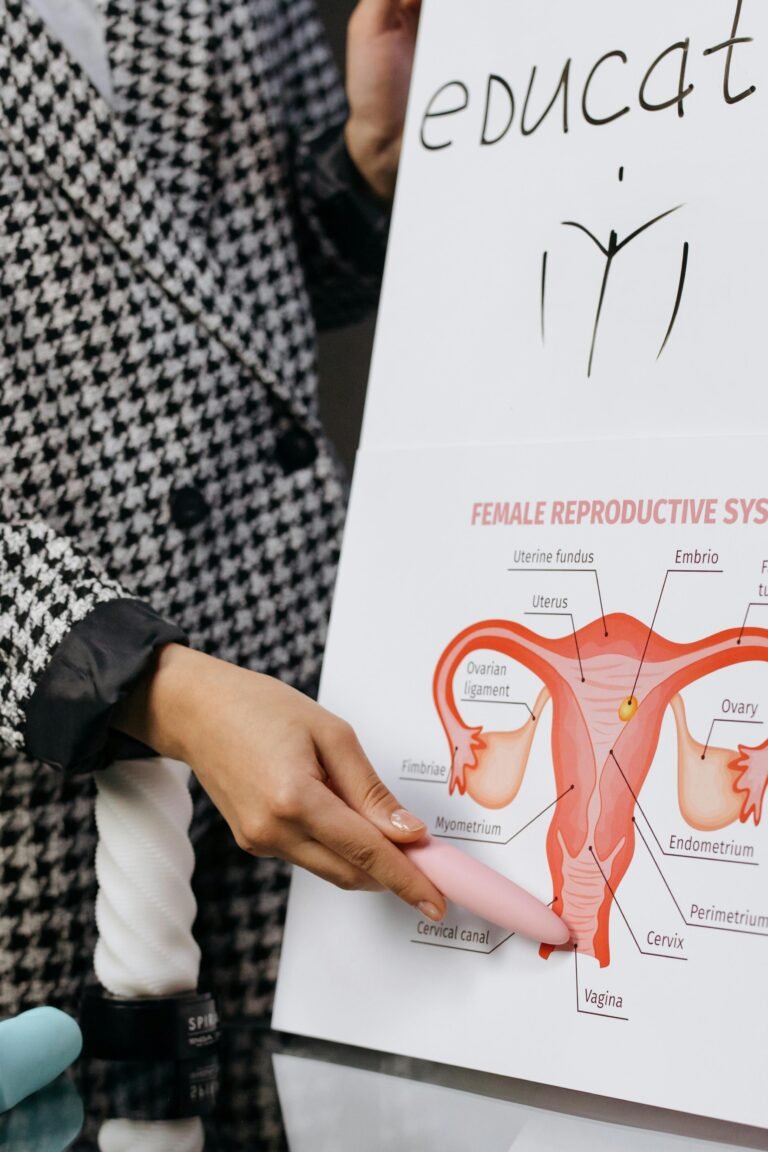Follow us and share.
Menstrual Cycle and Symptom Management: A Guide to Better Women's Health
Learn how the menstrual cycle works, tips for relieving PMS pain and symptoms, and treatments for menstrual disorders like dysmenorrhea and PCOS.

What is the Menstrual Cycle and How Does It Work?
The menstrual cycle is a natural process experienced by women of reproductive age. It is characterized by a series of hormonal changes that prepare the body for a possible pregnancy. Its average duration is 28 days, although it can vary between 21 and 35 days depending on the individual.
📌 Phases of the menstrual cycle:
- Menstrual phase (days 1-5): The endometrium is shed, causing menstrual bleeding.
- Follicular phase (days 1-13): Estrogen production increases and the ovaries develop follicles.
- Ovulation (approximately day 14): A mature egg is released from the ovary.
- Luteal phase (days 15-28): Progesterone levels increase to prepare the uterus for pregnancy. If fertilization doesn't occur, hormone levels decrease and a new cycle begins.
📌 Changes in the menstrual cycle throughout life:
- Adolescence: It may be irregular in the first years after menarche.
- Adulthood: It usually stabilizes, but can be affected by stress, weight changes, or medical conditions.
- Perimenopause: It becomes more irregular until menopause (final cessation of the cycle).
American College of Obstetricians and Gynecologists (ACOG) – Detailed information about the menstrual cycle.
Managing Menstrual Pain and Premenstrual Syndrome (PMS) Symptoms
Many women experience discomfort before and during menstruation. These can include abdominal pain, mood swings, bloating, fatigue, and breast tenderness. Fortunately, there are strategies to relieve these symptoms.
📌 Tips to relieve menstrual pain:
- Apply hot compresses on the abdomen to relax the muscles.
- Carry out moderate exercise, such as yoga or walking, to improve circulation.
- Take anti-inflammatories (ibuprofen or naproxen) under medical recommendation.
- Include foods rich in omega-3 and magnesium in your diet, such as fish, nuts, and green vegetables.
📌 Managing premenstrual syndrome (PMS):
- Reduce consumption of caffeine, sugar, and ultra-processed foods.
- Practice relaxation techniques, such as meditation and deep breathing.
- Maintain a proper sleep routine to avoid fatigue.
- Consider using vitamin B6 and calcium supplements to relieve symptoms.
📌 When to see a doctor:
- If menstrual pain is disabling and does not improve with home treatments.
- In case of very heavy or irregular bleeding.
- If PMS symptoms significantly affect daily life.
Mayo Clinic – Recommendations for the management of menstrual pain.
Menstrual Disorders: Causes and Treatment Options
Some women experience irregularities in their menstrual cycles that may indicate an underlying disorder. Detecting these problems early is key to effective treatment.
📌 Most common menstrual disorders:
- Dysmenorrhea: Very painful periods that may be related to endometriosis or fibroids.
- Amenorrhea: Absence of menstruation for more than 3 months without being pregnant.
- Polycystic ovary syndrome (PCOS): Hormonal disorder characterized by irregular cycles, ovarian cysts, and symptoms such as acne or weight gain.
- Menorrhagia: Very heavy and prolonged menstrual bleeding.
📌 Treatment options:
- Hormonal contraceptives: Regulation of the cycle and reduction of excessive bleeding.
- Analgesics and anti-inflammatories: For the control of pain associated with dysmenorrhea.
- Changes in diet and physical activity: Especially useful in cases of PCOS.
- Hormonal therapies: In specific cases recommended by the gynecologist.
📌 When to see a specialist:
- If the periods are excessively long or short.
- In case of severe menstrual pain that does not improve with painkillers.
- If there are additional symptoms such as extreme fatigue, hair loss, or increased facial hair.
World Health Organization (WHO) – Information on menstrual health and hormonal disorders.
Conclusion
Understanding the menstrual cycle and learning how to manage its symptoms is key to gynecological health. Applying natural strategies, maintaining healthy habits, and seeing a gynecologist regularly can improve quality of life and prevent complications. Menstrual education is essential for every woman to take control of her well-being.
🌟 Advice: Listen to your body and don't ignore symptoms that disrupt your routine. If you notice significant changes in your menstrual cycle, consult a specialist for personalized guidance.



